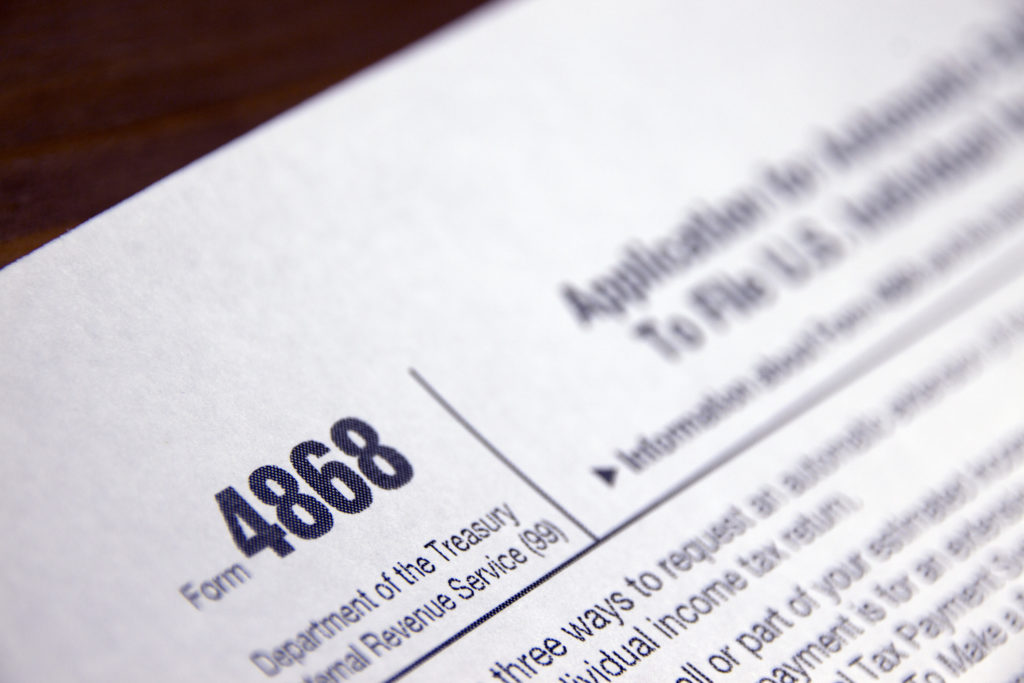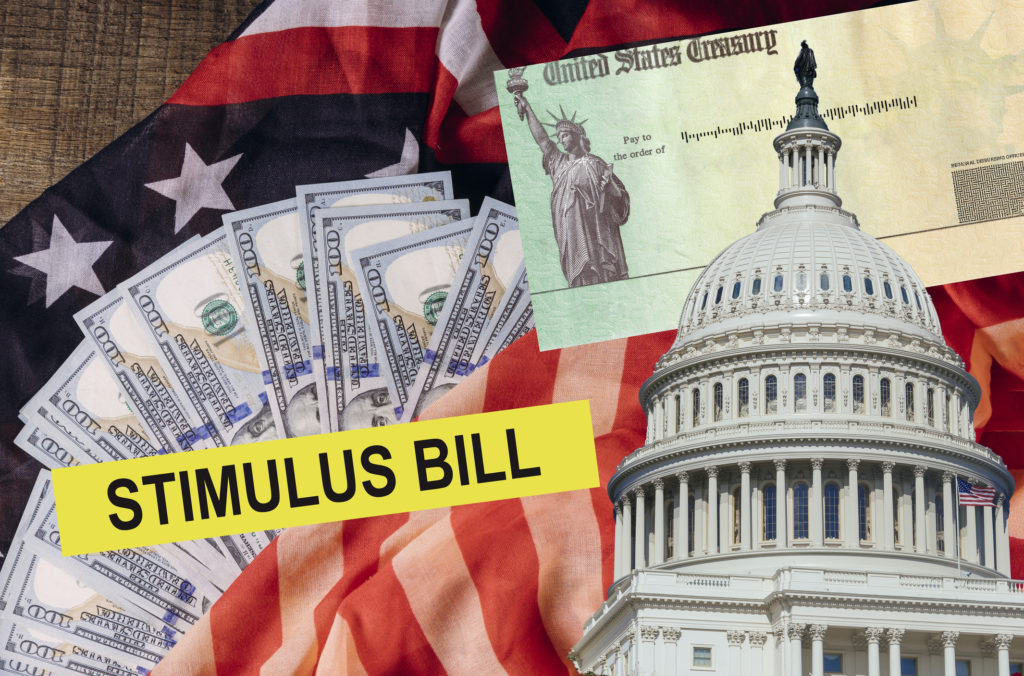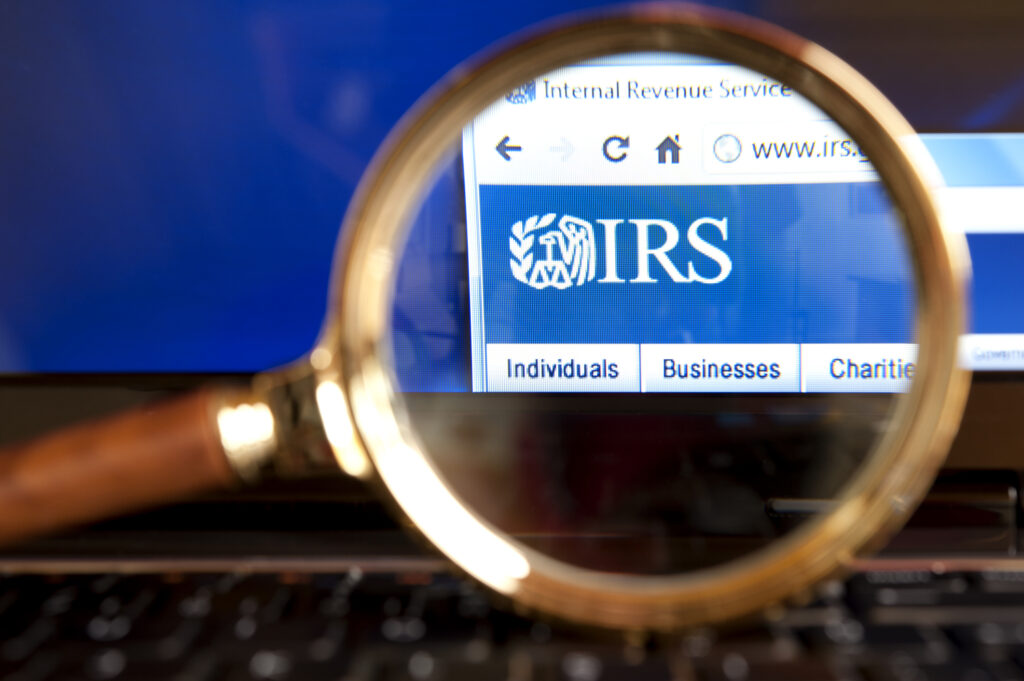Gregory J. Spadea, Esq., Named an ACCREDITED ESTATE PLANNER® Designee by the National Association of Estate Planners & Councils on June 1, 2021
Folsom, PA – Gregory J. Spadea, Esq. is newly certified as an Accredited Estate Planner® (AEP®) designee by the National Association of Estate Planners & Councils (NAEPC). His office is the law Offices of Spadea & Associates, LLC located in Folsom, PA 19078.
Gregory J. Spadea is a former IRS Agent and Pennsylvania Certified Public Accountant. Mr. Spadea has over 25 years of tax and estate planning experience. Mr. Spadea graduated from Widener University School of Law, and started the Law Firm Spadea & Associates, LLC in June 2001. The law firm focuses on estate and tax planning, estate administration. Mr. Spadea probates estates and drafts wills, trusts, powers of attorney and health care directives. The firm also helps clients with Medicaid planning, business succession, entity formation and corporate governance issues.
The Accredited Estate Planner® (AEP®) designation is a graduate level, multi-disciplinary specialization in estate planning, obtained in addition to already recognized professional credentials within the various disciplines of estate planning. The AEP® designation is available to actively practicing attorneys (JD) and Certified Public Accountants (CPA); or those currently designated as a Chartered Life Underwriter® (CLU®); Chartered Financial Consultant® (ChFC®); Certified Financial Planner (CFP®); Chartered Financial Analyst (CFA); Certified Private Wealth Advisor® (CPWA®); Chartered Advisor in Philanthropy® (CAP®); Certified Specialist in Planned Giving (CSPG); or Certified Trust & Financial Advisor (CTFA).
It is awarded by the National Association of Estate Planners & Councils to recognize estate planning professionals who meet stringent requirements of experience, knowledge, education, professional reputation, and character. An AEP® designee must embrace the team concept of estate planning and adhere to the NAEPC Code of Ethics, as well as participate in an annual renewal and recertification process.
NAEPC is a national organization of professional estate planners and affiliated local estate planning councils dedicated to the cultivation of excellence in estate planning. NAEPC fosters the multi-disciplinary approach to estate planning by serving estate planning councils and their credentialed members and delivering exceptional resources and unsurpassed education.
For more information or to schedule an appointment with Gregory J. Spadea, Esq., AEP®, please call 610- 521-0604 or email Gregory@SpadeaLawfirm.com.
















